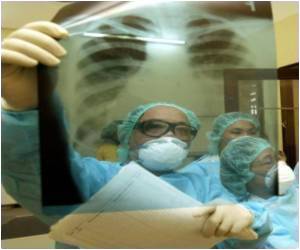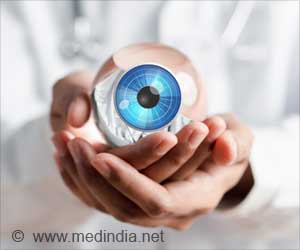
Keasling, who also holds appointments with the Lawrence Berkeley National Laboratory (Berkeley Lab) and the University of California (UC) Berkley, is the corresponding author of a paper in the journal Science that describes this work. The paper is titled "Model-driven engineering of RNA devices to quantitatively-program gene expression." Other co-authors are James Carothers, Jonathan Goler and Darmawi Juminaga.
Synthetic biology is an emerging scientific field in which novel biological devices, such as molecules, genetic circuits or cells, are designed and constructed, or existing biological systems, such as microbes, are re-designed and engineered. A major goal is to produce valuable chemical products from simple, inexpensive and renewable starting materials in a sustainable manner. As with other engineering disciplines, CAD tools for simulating and designing global functions based upon local component behaviors are essential for constructing complex biological devices and systems. However, until this work, CAD-type models and simulation tools for biology have been very limited.
"Identifying the relevant design parameters and defining the domains over which expected component behaviors are exerted have been key steps in the development of CAD tools for other engineering disciplines," says Carothers, a bioengineer and lead author of the Science paper who is a member of Keasling's research groups with both JBEI and the California Institute for Quantitative Biosciences. "We've applied generalizable engineering strategies for managing functional complexity to develop CAD-type simulation and modeling tools for designing RNA-based genetic control systems. Ultimately we'd like to develop CAD platforms for synthetic biology that rival the tools found in more established engineering disciplines, and we see this work as an important technical and conceptual step in that direction."
Keasling, Carothers and their co-authors focused their design-driven approach on RNA sequences that can fold into complicated three dimensional shapes, called ribozymes and aptazymes. Like proteins, ribozymes and aptazymes can bind metabolites, catalyze reactions and act to control gene expression in bacteria, yeast and mammalian cells. Using mechanistic models of biochemical function and kinetic biophysical simulations of RNA folding, ribozyme and aptazyme devices with quantitatively predictable functions were assembled from components that were characterized in vitro, in vivo and in silico. The models and design strategy were then verified by constructing 28 genetic expression devices for the Escherichia coli bacterium. When tested, these devices showed excellent agreement – 94-percent correlation - between predicted and measured gene expression levels.
Source-Eurekalert









